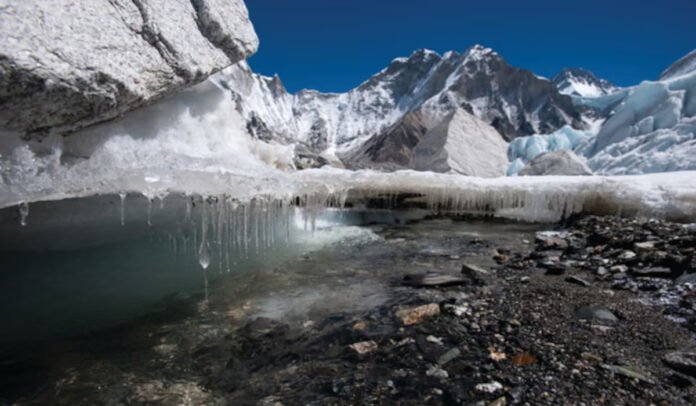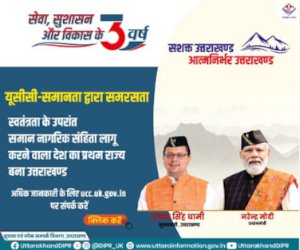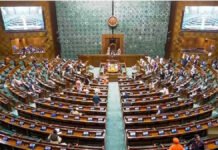Uttarakhand Chief Minister Pushkar Singh Dhami has announced that the state will undertake regular scientific studies of Himalayan glaciers, including the Gangotri, in a bid to strengthen disaster preparedness and long-term environmental planning.
Speaking to reporters on Saturday, Dhami underlined the urgent need to monitor the fragile Himalayan ecosystem, which has been repeatedly battered by cloudbursts, flash floods, and glacial lake outburst floods in recent years. “The glaciers of Uttarakhand are not only the source of major rivers like the Ganga but also the lifeline for millions across the plains. It is our responsibility to ensure their continuous scientific monitoring,” the Chief Minister stated.
The Need for Regular Glacier Studies
The Himalayan glaciers, particularly in Uttarakhand, have shown accelerated melting patterns due to climate change and rising global temperatures. This has increased the frequency of flash floods and landslides, raising alarm about the region’s long-term sustainability.
Past tragedies, such as the Kedarnath disaster in 2013 and the Chamoli flash flood in 2021, highlighted how unpredictable glacial behaviour can lead to massive loss of life and infrastructure damage. Regular studies are expected to provide early warnings and help the administration prepare contingency plans.
Focus on Gangotri Glacier
The Gangotri glacier, one of the largest in the Himalayas, is a critical source of the river Ganga. Over the last few decades, scientists have documented a consistent retreat of the glacier, sparking concerns about future water availability and ecological balance.
By mandating periodic scientific surveys, the Uttarakhand government hopes to gather real-time data on glacier health, melt rates, formation of glacial lakes, and the potential risks of sudden outbursts.
Steps Towards Better Preparedness
The Chief Minister noted that these studies will be conducted in collaboration with national research institutions, such as the Wadia Institute of Himalayan Geology, the National Institute of Hydrology, and other agencies specialising in cryosphere and climate studies. The data collected will feed into disaster preparedness systems for early warning and evacuation, infrastructure planning that accounts for glacier-related risks, and water resource management vital for both agriculture and urban consumption.
Environmentalists Welcome the Move
Environmental groups and researchers have cautiously welcomed the announcement, noting that continuous studies are essential, but must be coupled with policies to reduce over-construction, unchecked tourism, and deforestation in ecologically fragile zones. One researcher in Dehradun remarked that science alone cannot prevent disasters if ecological balance continues to be ignored in development policies.
With Uttarakhand witnessing frequent climate-related disasters, the government’s move to institutionalise regular glacier studies marks a proactive step. The coming years will determine how effectively this data translates into actionable policy, safeguarding both the state’s fragile ecosystem and the millions who depend on its rivers.

















